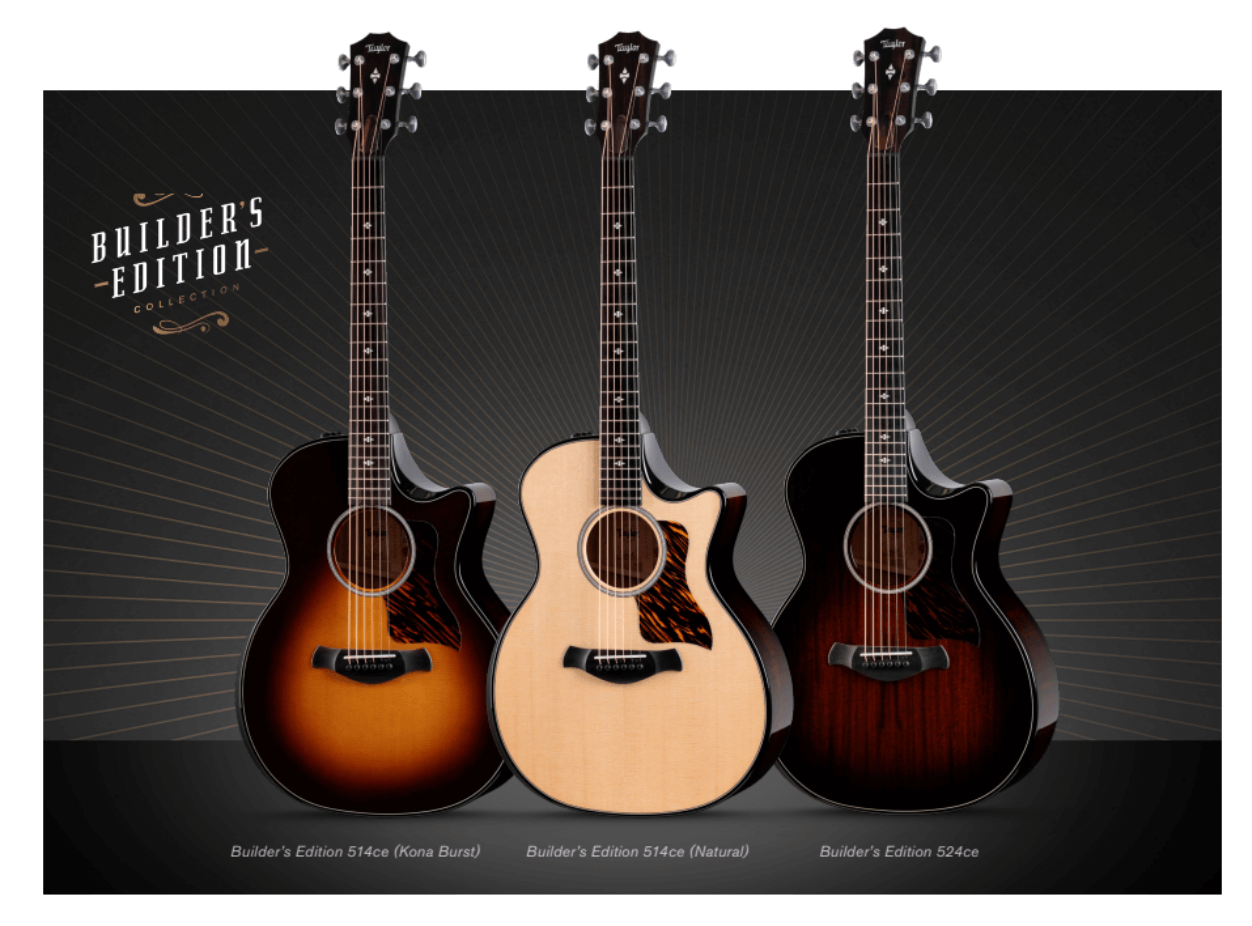Taylor Guitars’ Urban Tonewoods, Part 2
Peghead Nation’s Teja Gerken and Taylor’s Andy Powers continue a discussion on the use of sustainably harvested woods.
The overall amount of wood used by guitar makers is dwarfed by that of the construction and furniture industries, but the wood used to build high-quality musical instruments has to consistently meet a unique set of requirements. Builders of flattop and classical guitars have long depended on tropical hardwoods for the backs and sides of their instruments and, as a result, players have become accustomed to the sounds produced by those species. The first sign that some woods would become difficult to use in guitar manufacturing came when companies like Martin had to stop using Brazilian rosewood in the late 1960s, because the wood was no longer available at the quality and quantity the company required. Nowadays, some woods, including Brazilian rosewood, can’t be legally imported into the US and other countries due to the wood’s endangered status. Makers and guitarists have also become more aware of the environmental impact of logging tropical woods, as well as the carbon footprint created by transporting the wood around the world. Finding ways to source existing species in a more sustainable way and experimenting with alternative materials has been an important topic in the guitar community for the last couple of decades.
Taylor Guitars has long been committed to not only finding ways to introduce new materials, but increase its use of sustainably harvested woods and use woods in the most efficient ways possible. The company’s latest efforts include the use of urban-grown woods, including ash and red ironbark, which it uses on models such as the Builder’s Edition 324ce, GTe, 512ce, and 514ce, among others.
I took a trip to Taylor’s headquarters in El Cajon, California, this past November and interviewed Taylor’s chief designer, CEO, and President Andy Powers about using urban woods, designing guitars with them, and more. In this second part of our conversation (check out Part 1), we talked about using urban red ironbark to replace mahogany, using plantation-grown tropical woods, how Taylor decides whether a wood is suitable for its guitars, the difference between working with individual players and creating instruments that fit different playing styles and aesthetics, and more.
Related Instrument Demos Posts
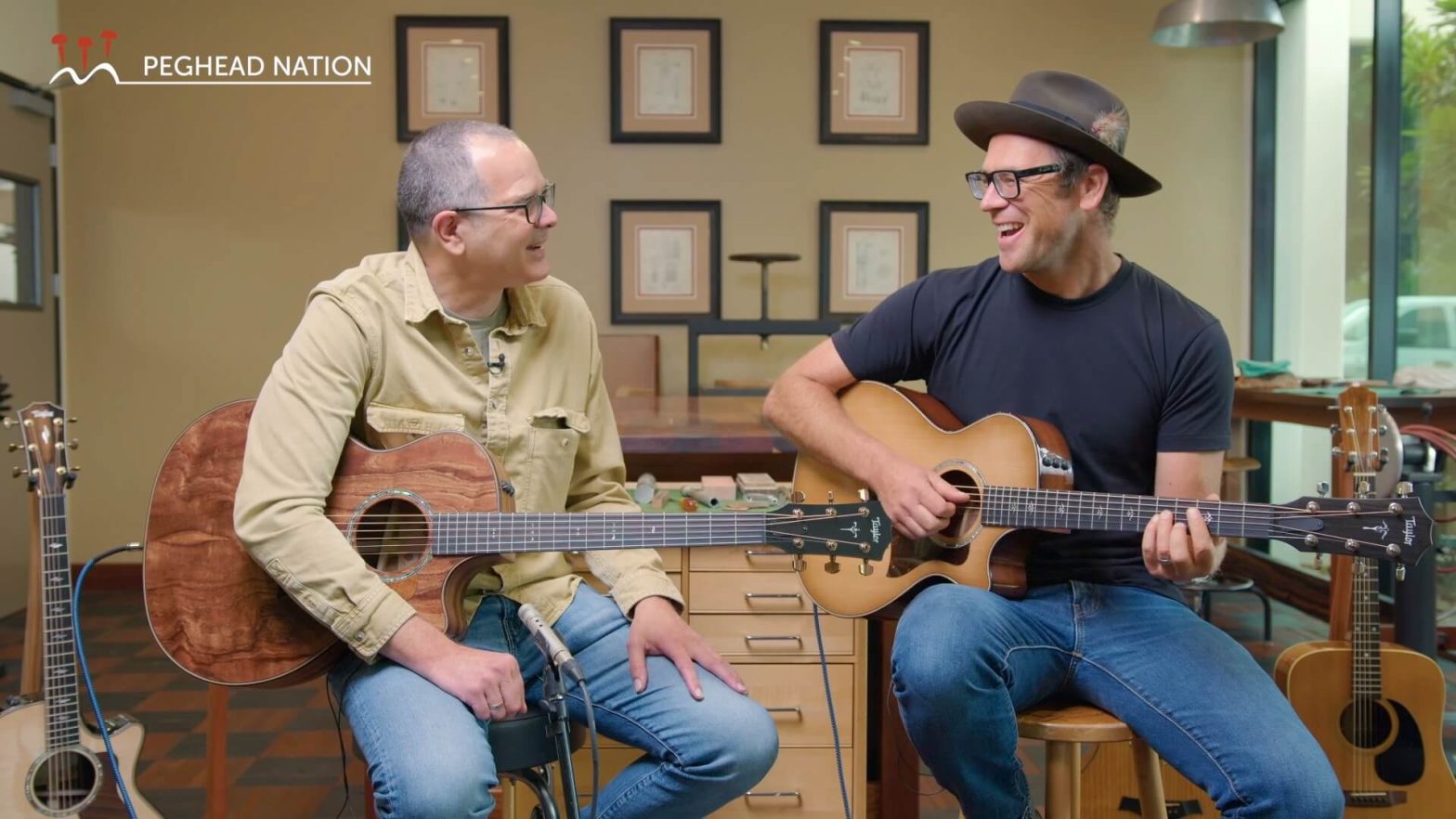 |
Taylor Guitars’ Urban Tonewoods, Part 1Taylor’s Andy Powers discusses the company’s latest effort in using sustainably harvested woods. Read More |
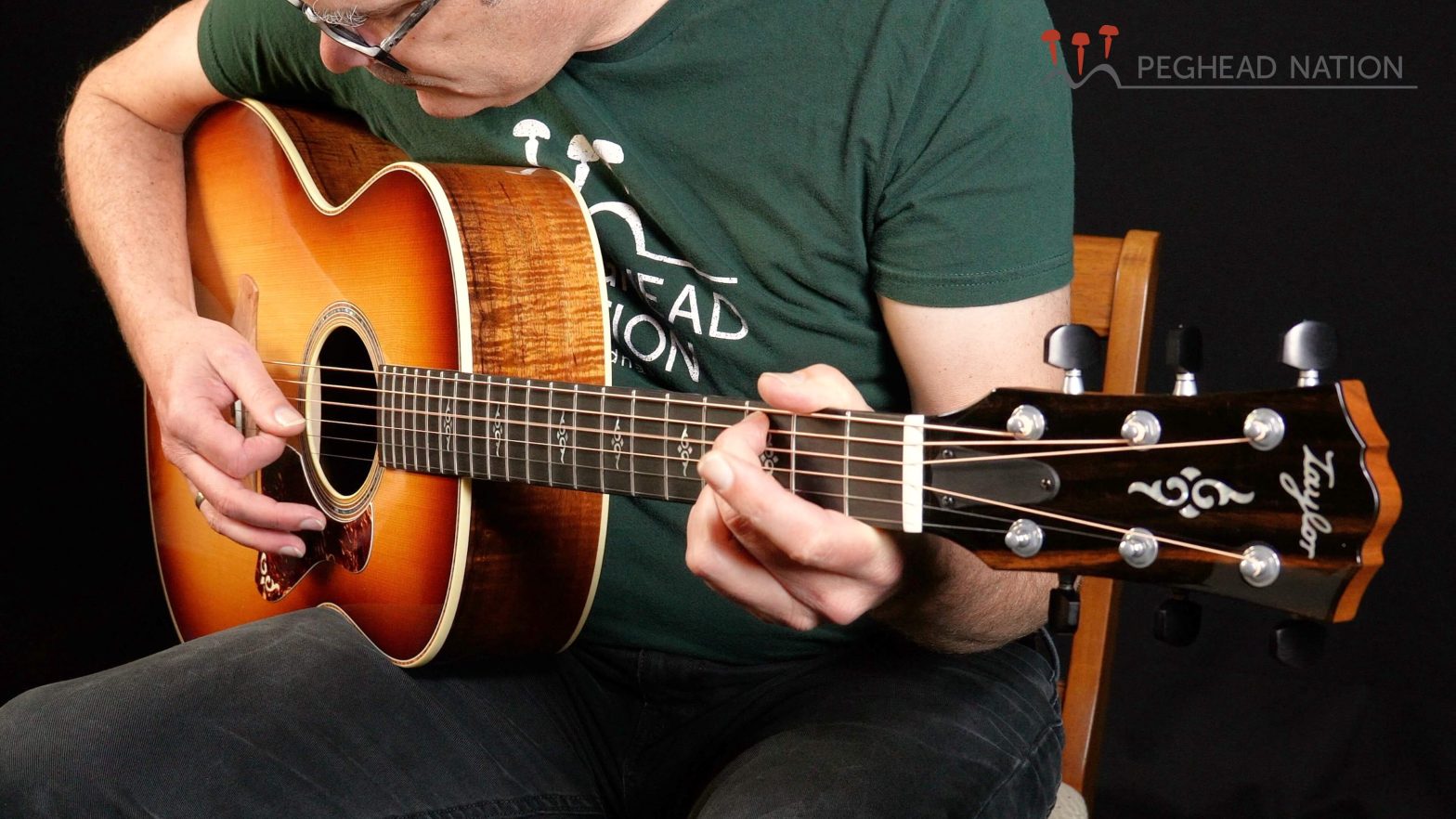 |
Taylor Gold Label 814e Koa SBA koa grand auditorium with innovative features and a classic flattop sound. Read More |
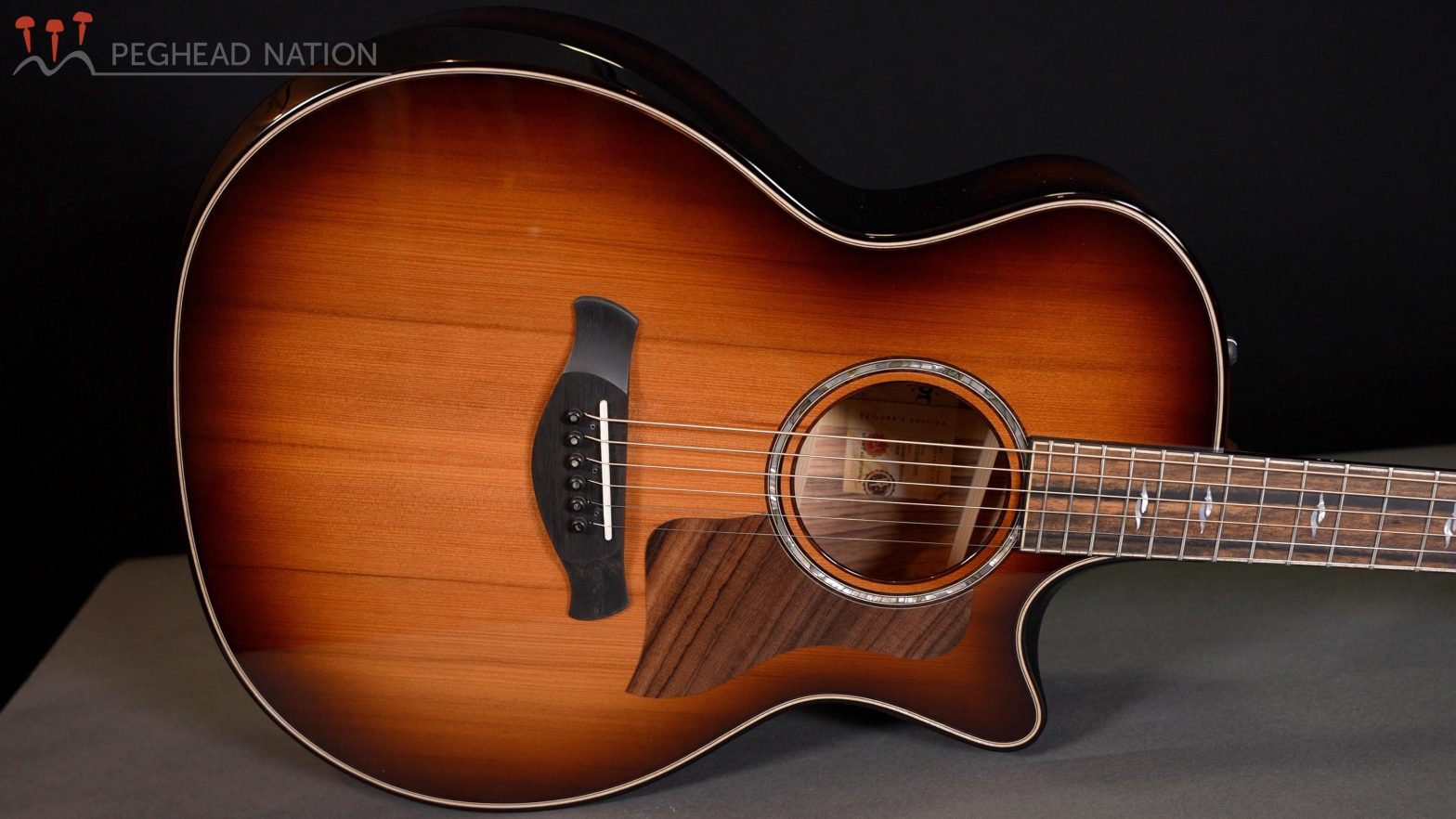 |
Taylor Builder’s Edition 814ceA top-of-the-line grand auditorium guitar built with Honduran rosewood and sinker redwood. Read More |
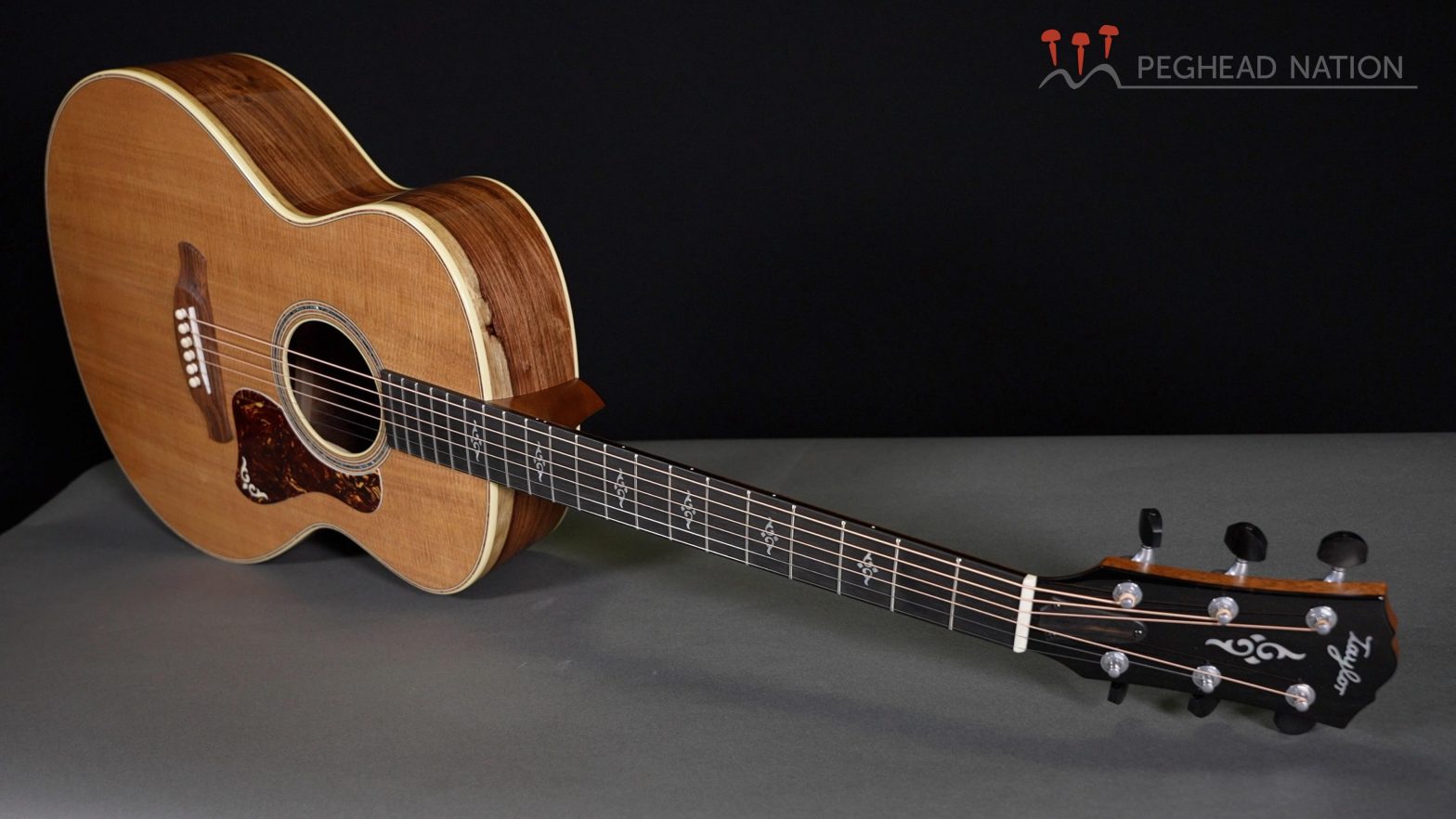 |
Taylor Gold Label 814eAndy Powers’ latest design brings a classic American flattop tonality to the Taylor line. Read More |
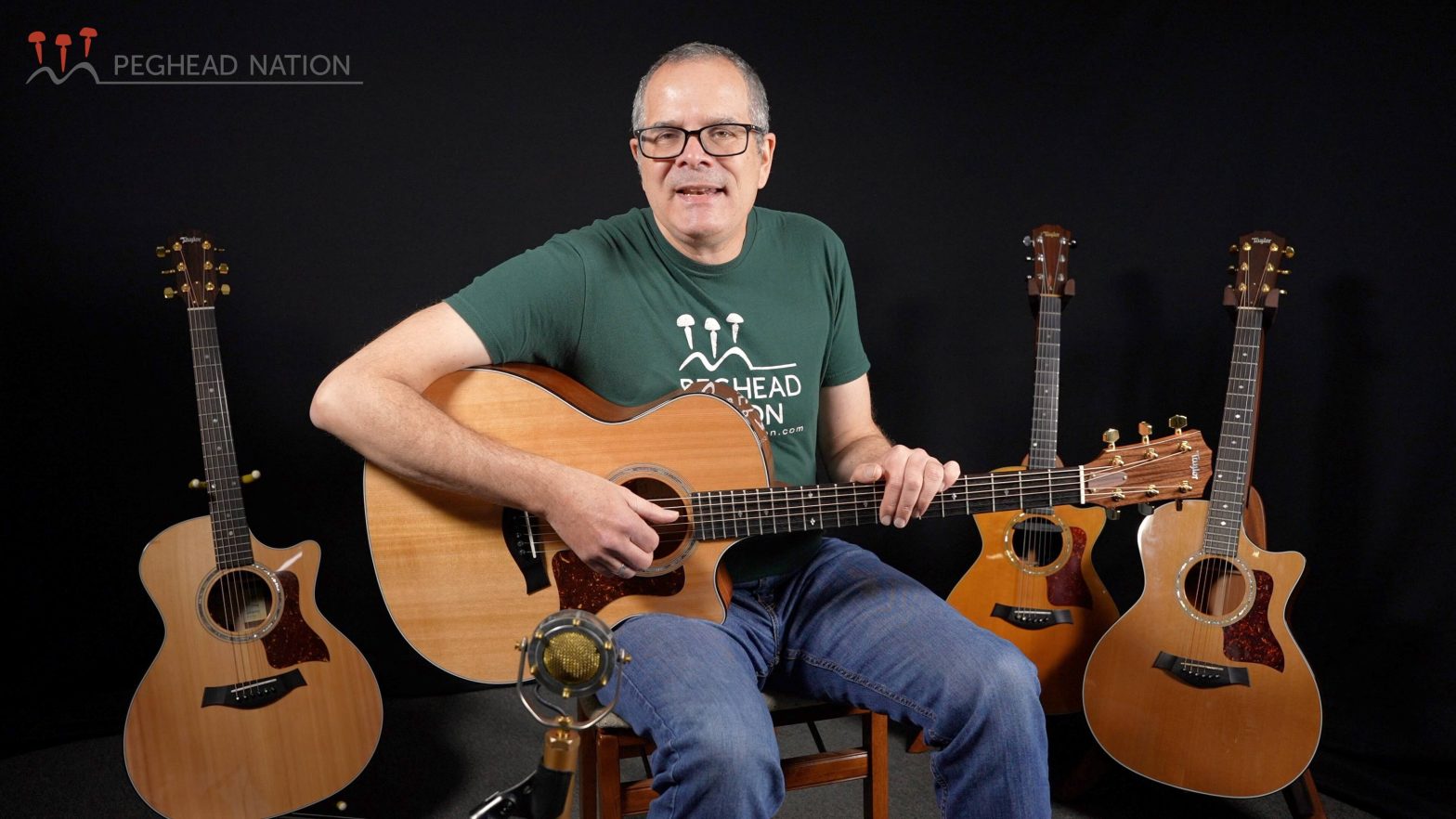 |
Taylor Legacy Collection 514ce and 714ceA new pair of guitars bring X-bracing back to Taylor’s grand auditorium design. Read More |
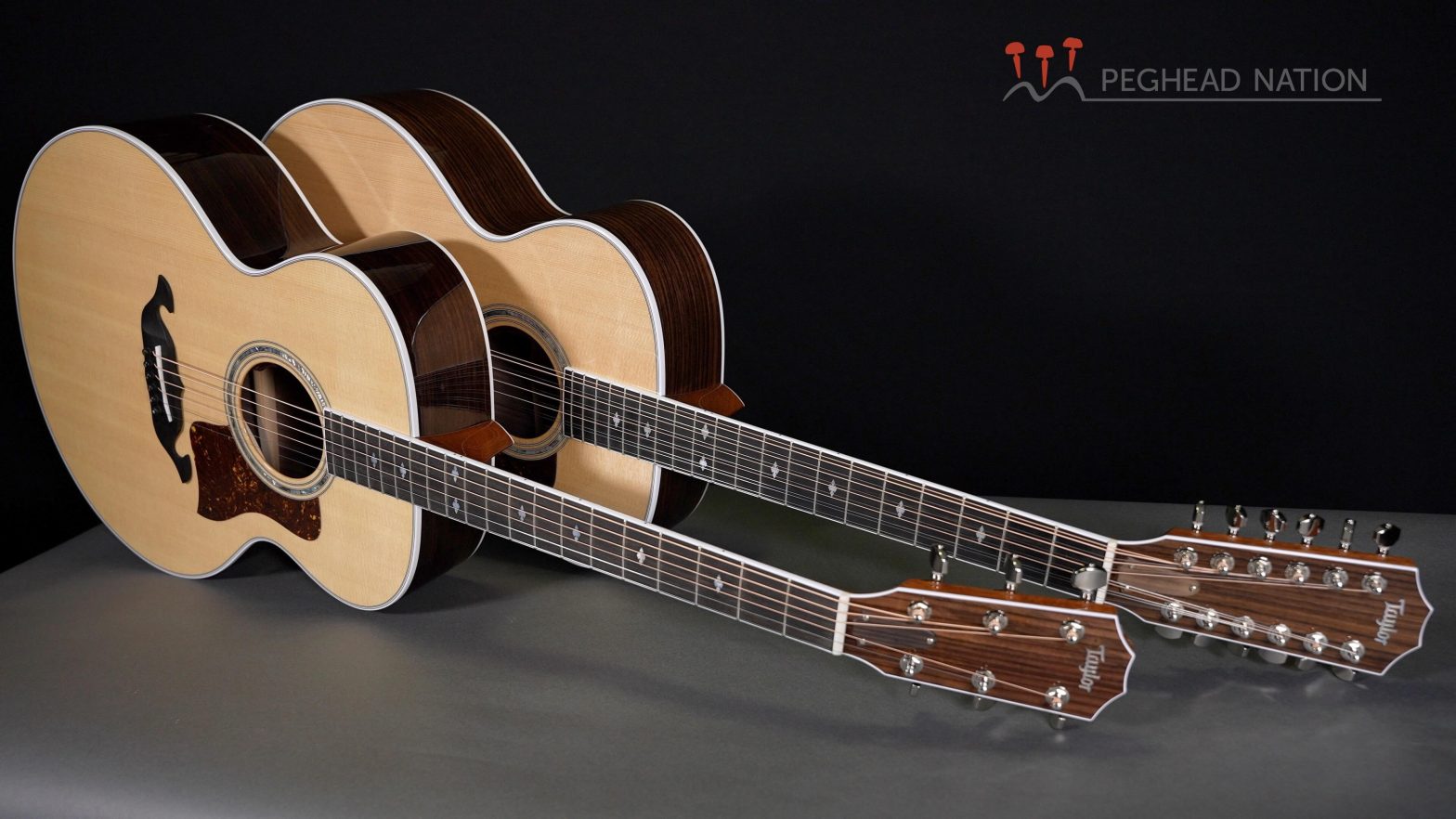 |
Taylor Legacy Collection 815e and 855eBrand-new versions of Taylor’s legendary rosewood jumbo six- and 12-strings. Read More |
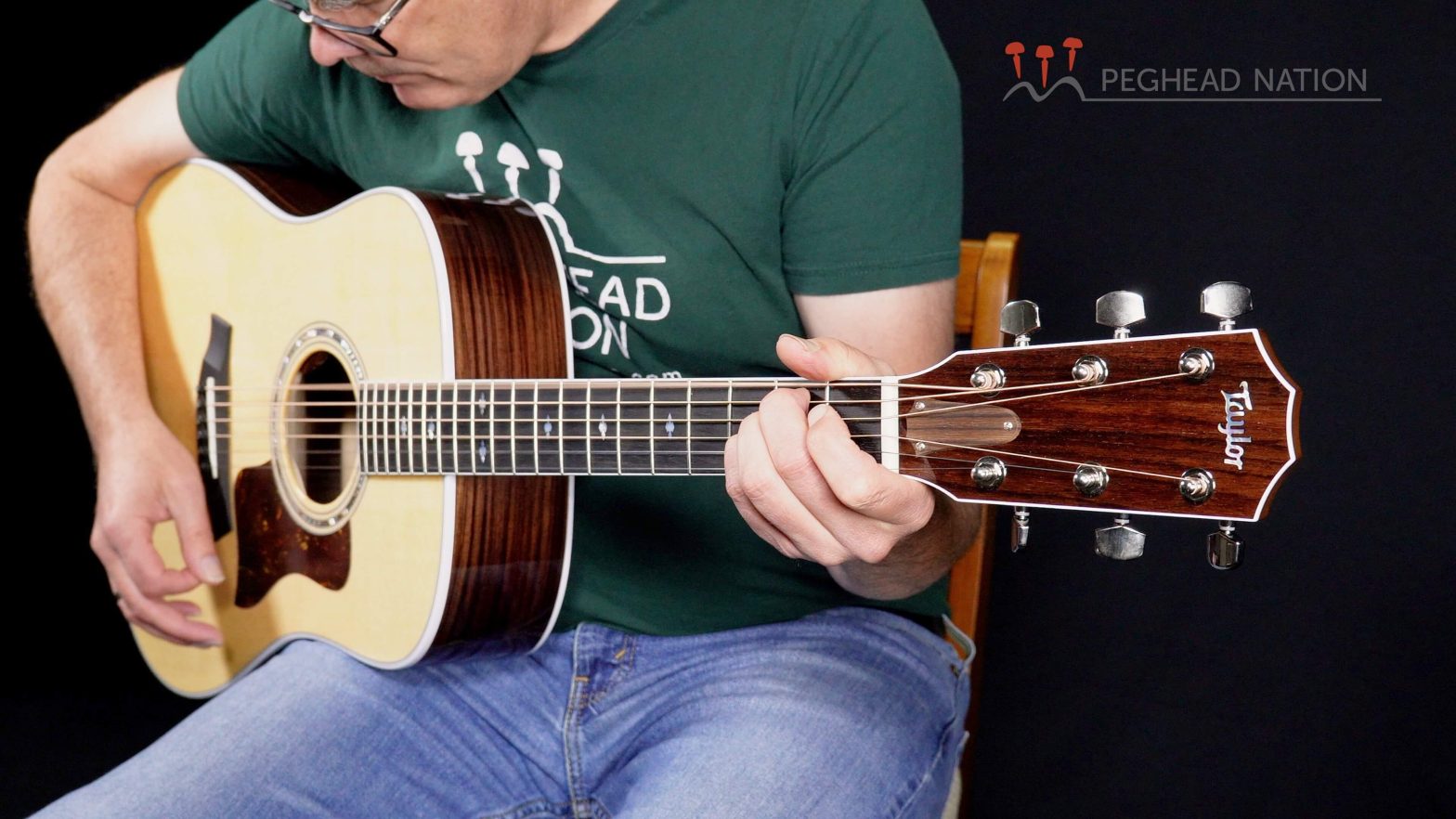 |
Taylor Legacy Collection 810eA wonderful tribute to one of Taylor’s most iconic models. Read More |
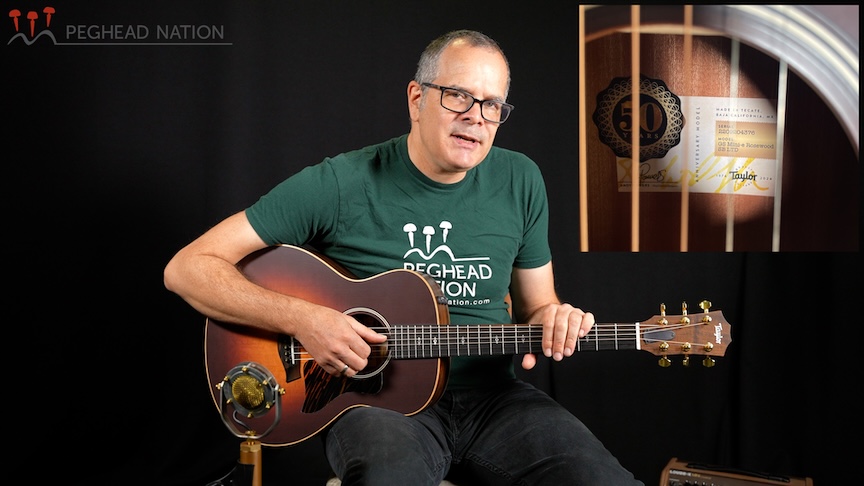 |
Taylor GS Mini-e Rosewood LTD 50th AnniversaryA special edition of Taylor’s popular small guitar. Read More |
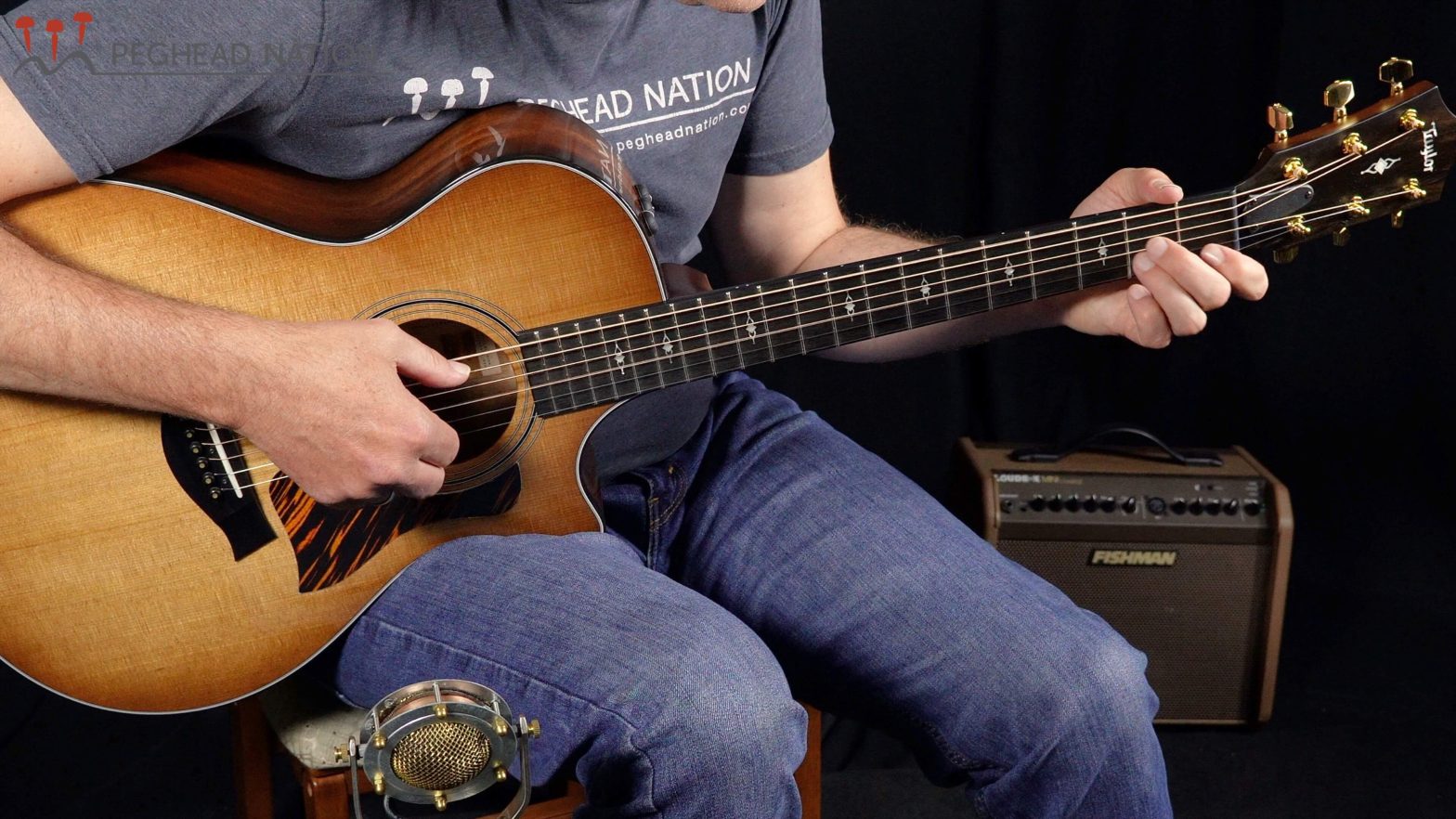 |
Taylor 312ce LTD 50th AnniversaryA special edition of one of Taylor’s most popular grand concert guitars. Read More |
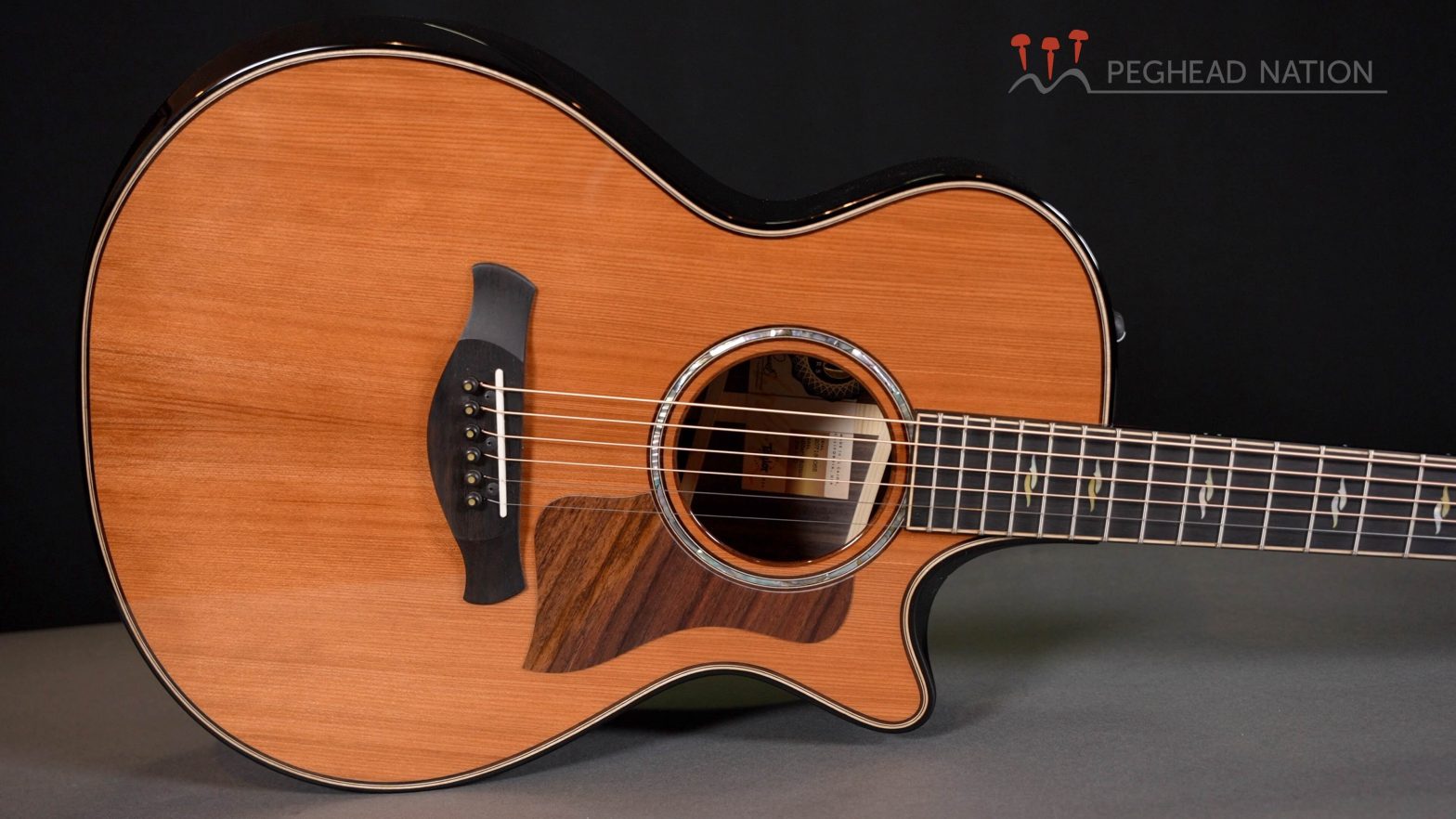 |
Taylor Builder’s Edition 812ce LTDPart of Taylor’s 50th Anniversary Collection, this redwood-topped grand concert is a special variation of a classic model. Read More |


